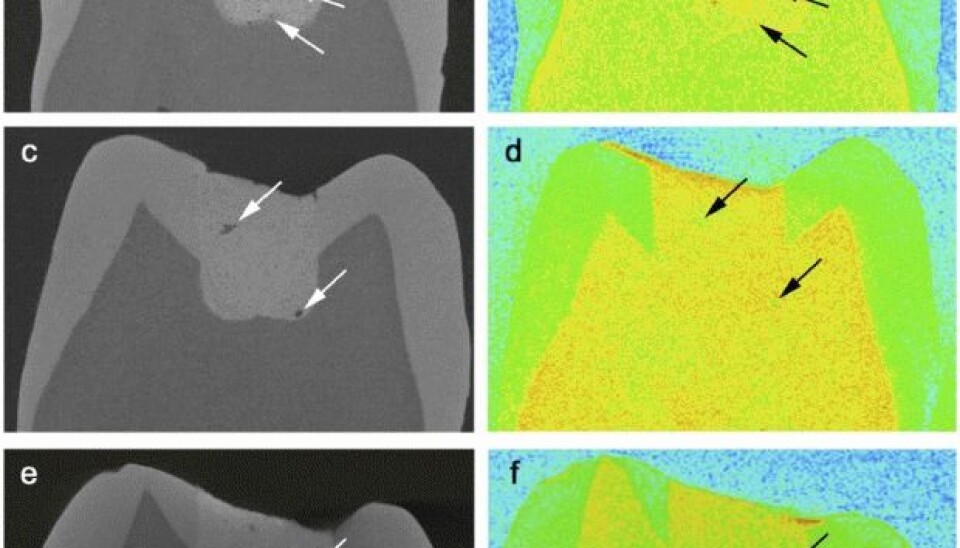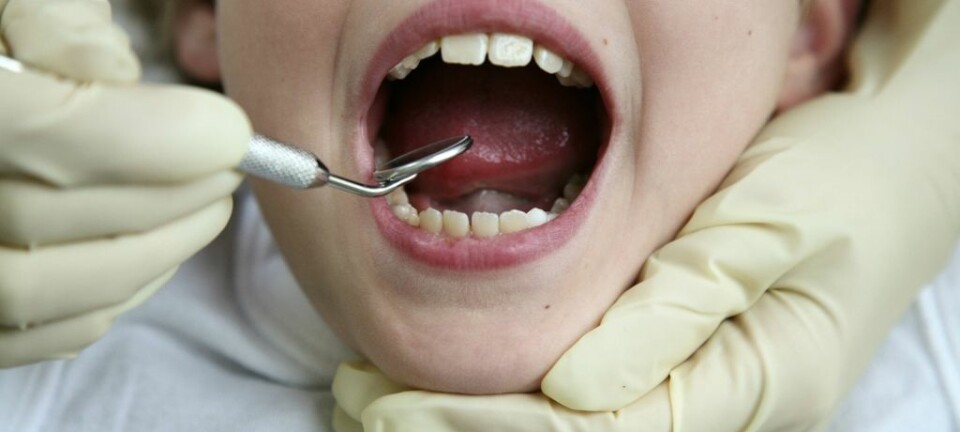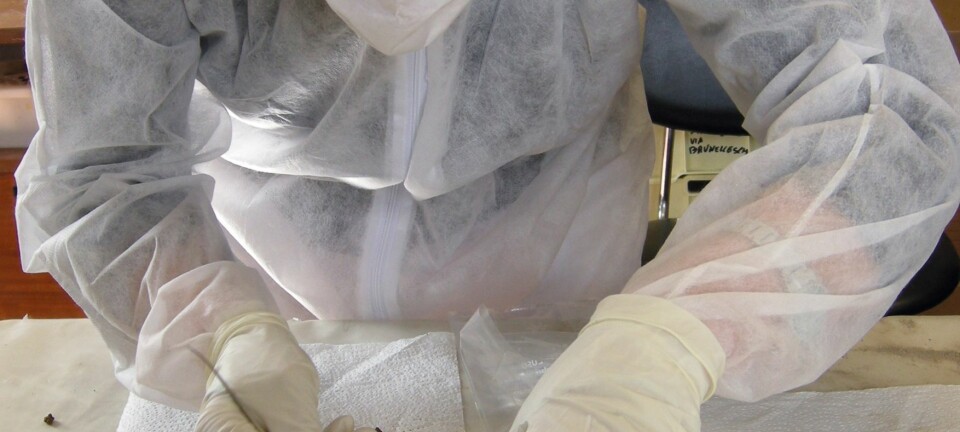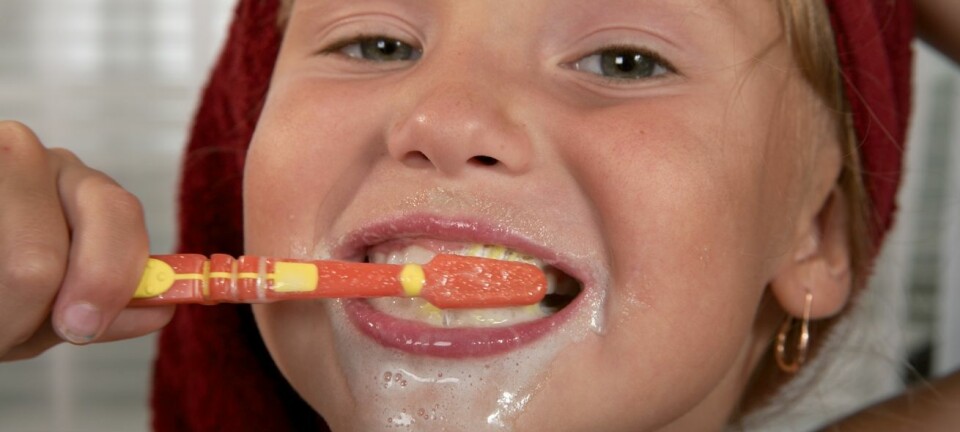
Dentists could soon be fixing your teeth with cement
Research on a new material to fill dental cavities takes a small step forward.
Dentists are working on a special type of cement called glasionome cement that has the potential to become a better tooth filling than plastic.
”Glasionome cement has a number of advantages,” says Ana Benetti, a dentist and researcher at the Department of Odontology at the University of Copenhagen, in a press release. “It doesn’t need glue for it to stick to the tooth. It also releases fluorine, which helps to prevent more cavities from forming.”
But the glasionome cement faces one problem: it breaks too easily.
Benetti is one of the researchers behind a new study, published in Scientific Reports, that has looked at ways to strengthen the cement.
Dentists welcome the cement
The Association of Danish Dental Surgeons welcomes the research that attempted to improve the strength of the glasionome cement.
”The plastic we use is a good material. It ages well and is good when it comes to achieving the right tooth colour matching. But in technological terms it’s difficult to work with and it’s very demanding in terms of resources. So if we can create a material with better characteristics, which at the same time is easier to work with, we’ll be able to use it much more widely,” says Freddie Sloth-Lisbjerg, the chairman of the Danish Association of Dental Surgeons.
Glasionome cement is already used these days when a filling does not need to be so strong -- for instance to fill cavities in children’s milk teeth.
But if a filling is to last for years the current cement is simply not strong enough.
Glasionome cement is easy to use but crumbles easily
The researchers point out that the advantage of the cement is that it is so easy to work with.
Unlike fillings of plastic, the cement does not need to be exposed to light in order to harden.
This is an advantage in places with no electricity, such as remote parts of Africa, China or South America, explains Heloisa Bordallo, an assistant professor and material physicist at the Niels Bohr Institute of the University of Copenhagen and one of the researchers behind the new study.
One of the problems with the current glasionome cement is that the material is porous and that tiny pockets in the cement can contain fluid. It is this fluid that leads to the cement’s tendency to crumble.
The researchers are therefore taking a closer look at how best to mix the cement to avoid it crumbling.
More research needed
To make glasionome cement you need water, cement powder, and an acid. In order to get to know the material better, the researchers have experimented with two different types of the cement.
”Our experiments showed that the combination in which the acid is mixed with the cement so that you only have to add water makes for the weakest material. The strongest material comes from having a cement powder which is mixed with water and adding the acid to that. So it’s better to have the acid in the water -- it helps to bind the fluids more quickly and strongly to the cement and then there’s less fluid in the pores,” says Bordallo.
There is still too much fluid in the glasinome cement, however, so the researchers’ next step will be to try mixtures which contain natural minerals.
-------------------
Read the original article in Danish on Videnskab.dk
Translated by: Hugh Matthews










